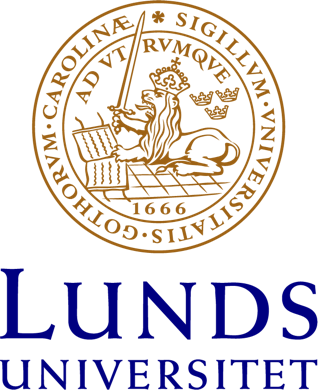Biolog får prestigefyllt pedagogiskt pris
Av anders [dot] ortegren [at] biol [dot] lu [dot] se (Anders Örtegren) - publicerad 10 december 2024 Biologen Per Carlsson är en populär pedagog. Foto: Anders Örtegren. Biologen Per Carlsson får Lunds studenters pedagogiska pris 2025. Priset delas ut för framstående insatser i utbildningen. Stort grattis – vad betyder priset för dig?– Det betyder förstås jättemycket och är en fantastisk julklapp!
https://www.biologi.lu.se/artikel/biolog-far-prestigefyllt-pedagogiskt-pris - 2025-04-27
